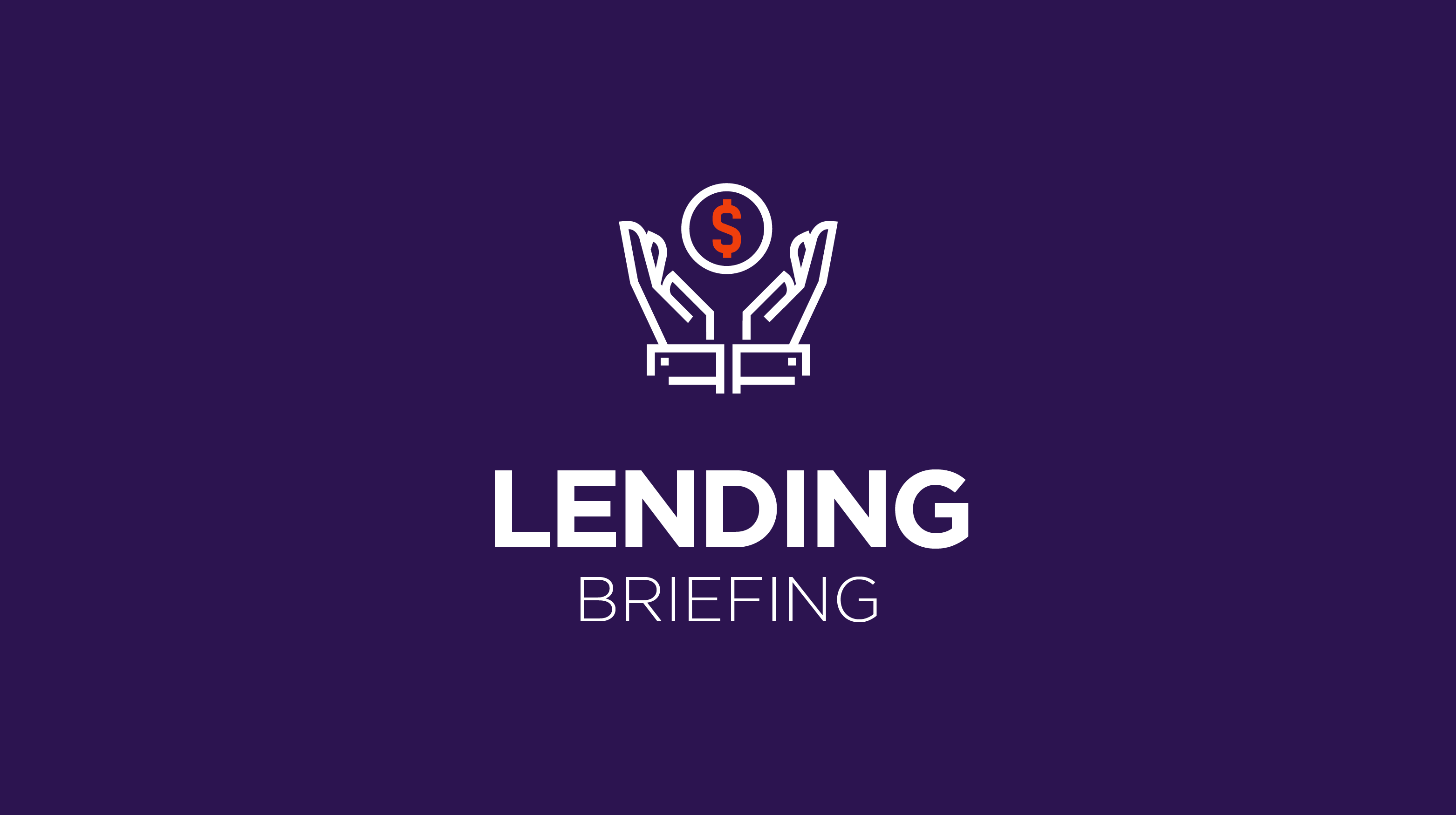Member Exclusive, Online Lenders
Lending Briefing: 2021 BNPL results, C&I lending picking up again
- US BNPL players are pursuing aggressive growth strategies, but doesn’t necessarily mean healthy growth - underlying performances are beginning to surface some concerns in the market.
- In commercial and industrial lending, volumes are picking up for the third consecutive quarter since the onset of the pandemic.









